Someone needs to tell bra company Fashion Forms that diversity is far more fashionable than being thin, white and blonde

The Background
The conversation around diversity is EVERYWHERE. It’s in every client meeting, it’s in every creative meeting, it’s in every team meeting, it’s on the runway, it’s off the runway, it’s in the news…and so it should be.
I moved from London to New York to be in a more diverse environment – one where I felt I could thrive and push glass ceilings more.
The population of New York is 33% white, whilst 26% is Hispanic, 26% is black and 13% is Asian. So doing the maths, 67% non-white. Which is why the campaign for Fashion Forms obsesses me.
I see it when I walk to work every day on the side of the bus and I just wonder…Fashion Forms is a bra company out of Austin Texas (48.5% white) – with the strapline ‘imagination is our foundation’.
The Big Idea
That what women want to be is a) White, b) Blonde, c) Thin.
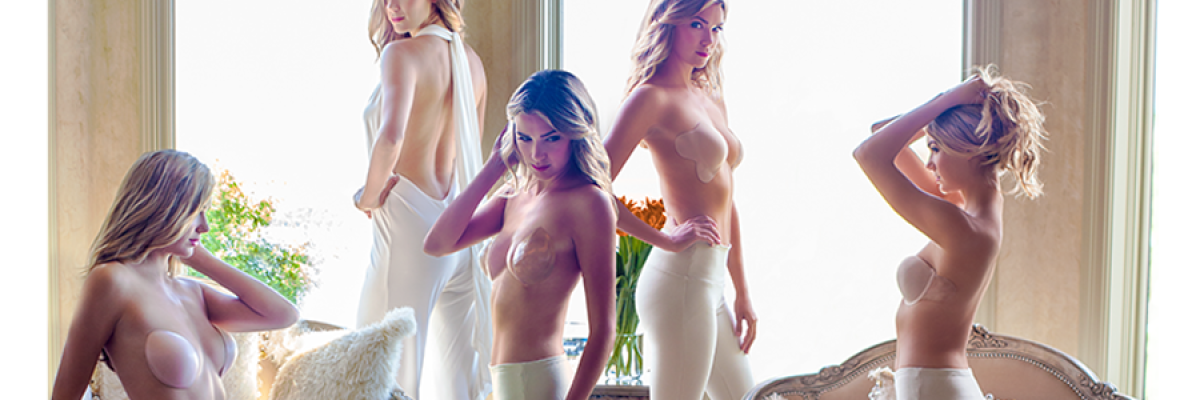
What They Did
Bus sides of white, blonde, thin women.
Time Square billboards of white, blonde, thin women.
Subways OOH of white, blonde, thin women.
A Twitter page of white, blonde, thin women.
And yes, you guessed it, a website of white, blonde, thin women.
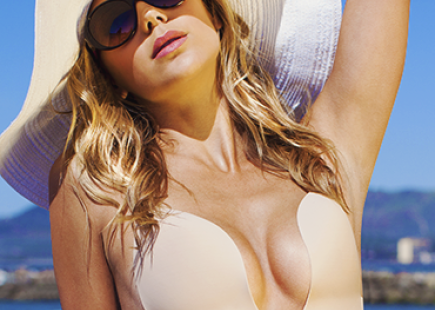
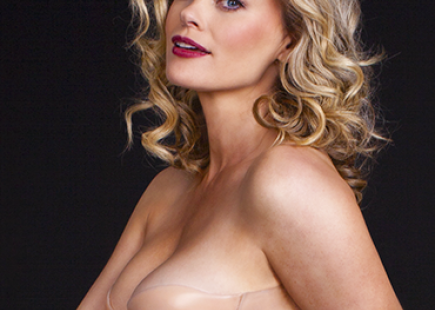
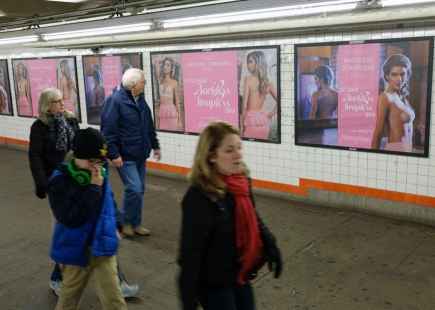
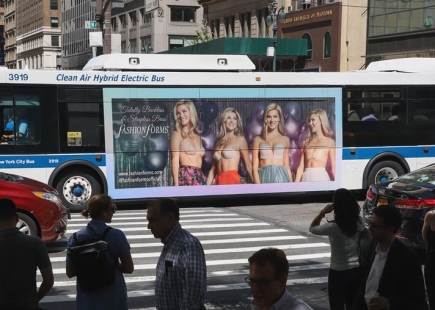
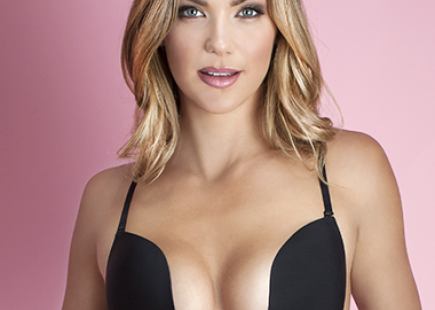
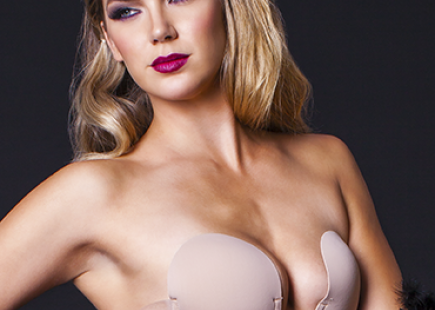
The Review
The implicit concept for me is that in 2018 for Fashion Forms there is one narrow form of beauty and glamorous life – a one size that should fit all.
Women as accessory, but only white, blonde, thin women; not even a brunette makes the grade.
The ad obsesses me as I wonder how it makes the grade – how did Macy’s not look at the Times Square billboard and think maybe we need more women or maybe women want more?
In Hindsight
Cast black women, Hispanic women, Asian women, bigger women, shorter women, women with short hair, women with different breast sizes. Go wild and cast white women that aren’t blonde.
Show some imagination and build a foundation for the brand that celebrates women.
I firmly believe that tone-deaf advertising needs to be called out and held to account, as do tone-deaf advertisers and tone-deaf advertising creatives. It is the only way to make change.
Advertising at that scale sends messages to young women as to what is attractive, what is acceptable and what success looks like.
I’m giving it a point as the sheer tone-deafness of it has made me notice it and write something about it.
If you enjoyed this article, you can subscribe for free to our weekly email alert and receive a regular curation of the best creative campaigns by creatives themselves.
Published on:


